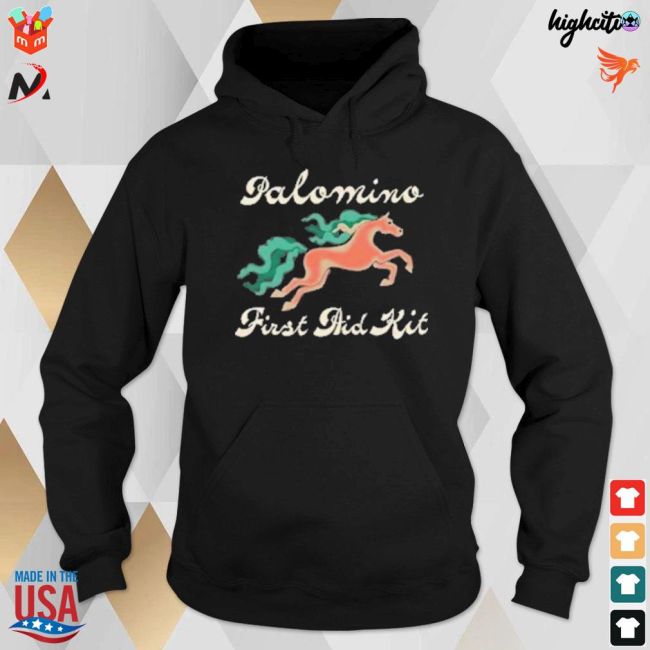Essential First Aid Kit Merchandise Every Home Should Have
Every home should be equipped with a well-stocked first aid kit to handle minor accidents and injuries. A basic first aid kit is an essential item that can provide immediate help before professional medical assistance arrives, potentially preventing minor injuries from becoming severe.
Firstly, adhesive bandages of various sizes are indispensable for treating small cuts, blisters, or abrasions. These protect the wound from infection and facilitate faster healing. Sterile gauze pads and adhesive tape are also crucial for covering larger wounds or burns to prevent contamination.
Secondly, antiseptics such as hydrogen peroxide or alcohol wipes are necessary to clean wounds and kill bacteria that might cause infections. Antibiotic ointment is another must-have item in your First Aid Kit Official store for applying on wounds after cleaning them.
Furthermore, tweezers come in handy for removing splinters or debris from a wound. They can also be used to hold a gauze pad when dressing a wound. It’s equally important to have scissors which may be needed to cut tape, gauze, or clothing.
A digital thermometer is another essential tool in any first aid kit as it allows you to monitor body temperature accurately during illness. Fever can indicate several health conditions like infection or heat stroke; hence prompt detection helps ensure timely treatment.
Pain relievers such as acetaminophen (Tylenol) or ibuprofen (Advil) should also be included in your home’s first aid supplies. These over-the-counter medications can alleviate pain from headaches, muscle aches, toothaches among other discomforts and reduce fever symptoms.
For allergic reactions resulting in itching and swelling like insect bites or poison ivy exposure; antihistamines would prove beneficial while hydrocortisone cream could offer relief from skin irritations and rashes.
In addition to these items specific for injury treatment; having emergency contact numbers readily available within the kit is vital too – numbers for your family doctor, local hospital, and poison control center.
Lastly, it’s advisable to include a first-aid manual or instruction booklet in your kit. This can guide you on how to handle common emergencies correctly – from cleaning and dressing wounds to performing CPR.
It is important to keep the first aid kit easily accessible and remember to replace expired items regularly. Additionally, consider customizing your kit based on personal medical needs like including asthma inhalers, extra prescription medications or glucose tablets for diabetics.
In conclusion, a well-stocked first aid kit is an essential home item that could make a significant difference in an emergency. It bridges the gap between injury occurrence and professional medical help arrival – potentially saving lives or preventing minor injuries from escalating into serious health complications.

